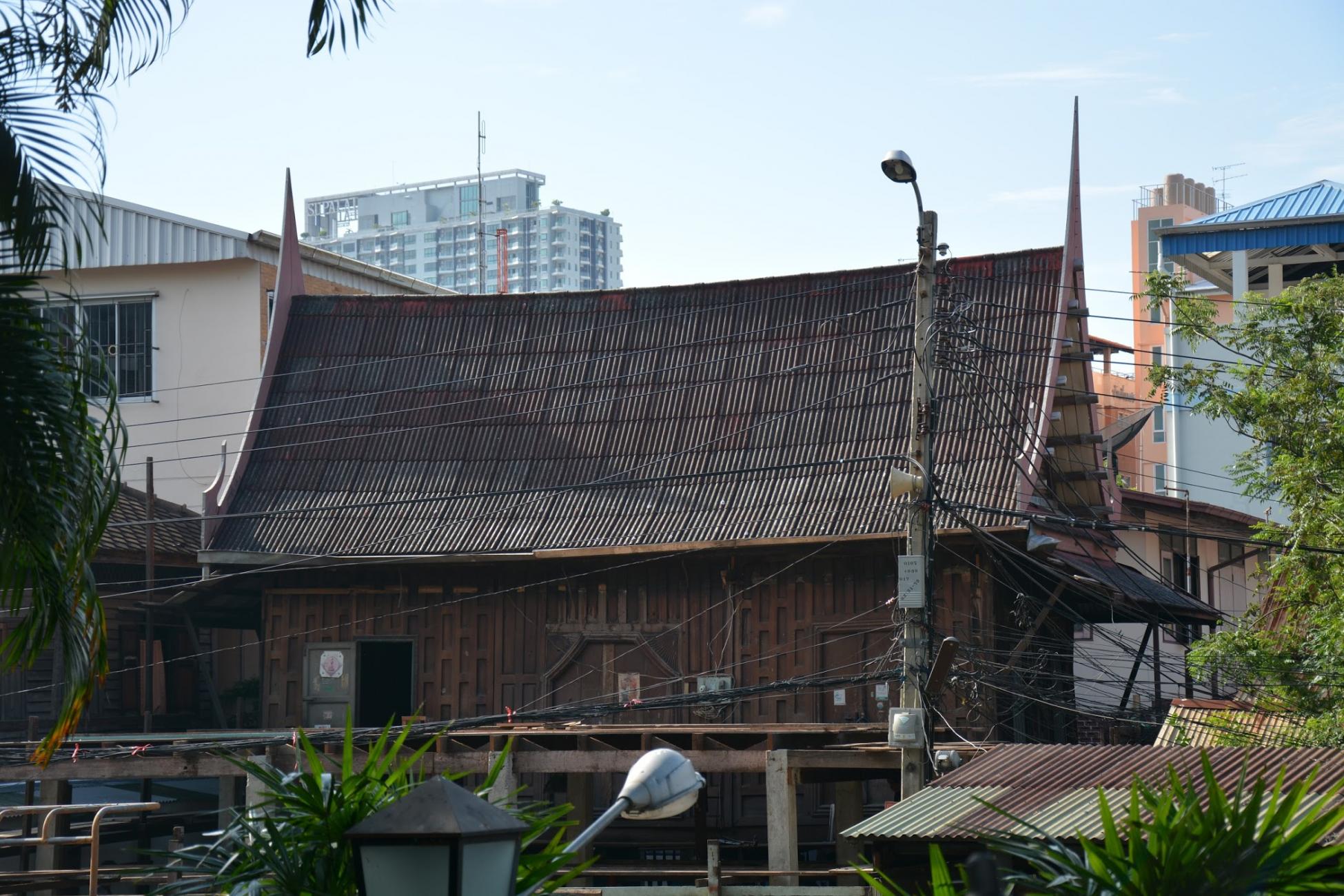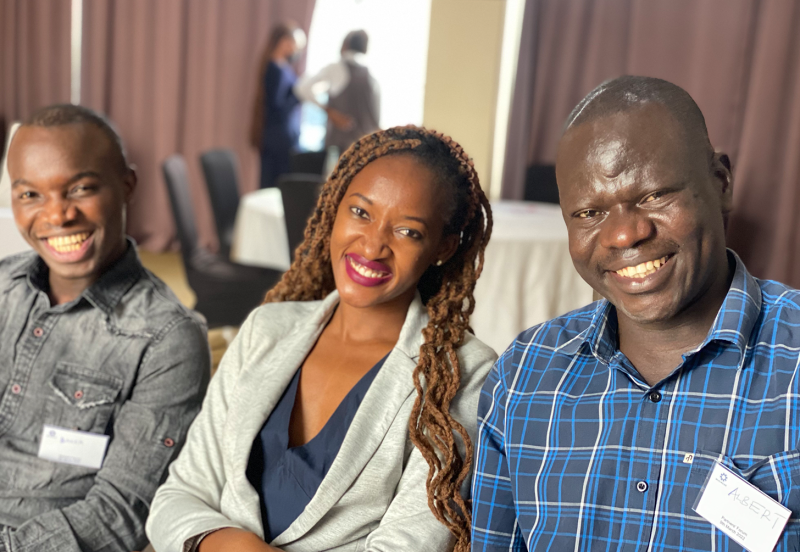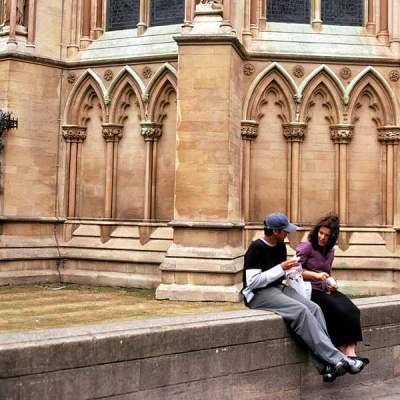Even the most savvy, jet-setting, untethered traveller brings something with them: a connection to whatever they've just left behind.
One of the many reasons we seek to study and work abroad is to bathe in the wonder of what is fresh and foreign. But connections to our places of departure are always there. And often, they demand our attention and recognition.
Instead of abandoning ourselves to its siren’s call of a romanticized past, I suggest we air it out—walk it about. This addresses and validates longing while allowing it to create new connections with the present environment.
When nostalgia strikes for me, it often manifests itself architecturally.
There are times when I'd rather just not see another massive concrete sky rise or sheik, geometric single-family home wreathed by a manicured lawn and an impenetrable gate. It may seem odd, but my personal quest to track down traditional Thai homes has taught me something very important about myself; while I thirst for the different and novel, a deep nostalgia for home persists within me.
When nostalgia strikes for me, it often manifests itself architecturally. As humans, we experience architecture not just spatially, but emotionally.
Looking for the warmth of wood in a concrete city like Bangkok has turned out to be part of an effort to soothe myself, to remember fondly the comfort of the wooden cabins and homes of my childhood. As humans, we experience architecture not just spatially, but emotionally. Finding those spaces that resonate with us is a key to nurturing our hybrid identities and lifting our spirits abroad.
Avoid the museums
The wooden home on stilts, a common dwelling throughout Southeast Asia for over a millennium, while still prevalent in rural areas, has become an endangered species in the region's cities. Every time I come to Bangkok, I schedule a few hours to walk labyrinthine neighbourhoods to seek them out.
The colonial residence and log cabin are some of the closest models many North Americans have to the traditional ruean thai or Thai house. It’s no great stretch to imagine that the emotions stirred by creaking boards, baking pie crust, popping candles and smoldering firewood in these relatively modern dwellings are also mirrored in the way Thais experience and appreciate their own traditional homes. Comfort (however much romanticized) and a mellow warmth of belonging envelops me as I absorb the muted colors and scents of wooden interiors. Personally, I feel oddly at home when I happen upon them, and especially when I enter them.
Recent stops to the famed Jim Thompson House (pet architectural project of a mid-20th century, real life 007) and the Suan Pakkad (beloved "cabbage patch" of their Royal Highnesses Chumbhot of Nagara Svarga), however, left my travelling companion, Chris, and I a bit empty. Despite all the hype that these were the sites to enjoy traditional Thai architecture, we found their display at best secondary and diffused. In the Suan Pakkad, the walls of beautiful, traditional Thai homes seemed to dissolve, rendering the buildings invisible in order to showcase their content, repositories of Thai national culture: musical instruments, theatrical masks, bronze and ceramic vessels, etc. And in the Jim Thompson home, rouge staircases and knee-high thresholds were merely pretences to a single man's curious biography. I couldn’t quite grasp why the traditional architecture was being so obviously overlooked.
Embrace the streets
I suddenly spotted something across the canal from the museum. From a north-facing window in the main house of the Jim Thompson complex, I briefly caught a glimpse of a greying wooden structure. It’s iconic, steeply pitched roof and thin-panelled walls were faded by the scorching rays of a 100 summers. On the verge of despairing from a lack of architectural interest, Chris and I stumbled upon a number of single family stilted homes just across the waterway.
Moving through the tangle of narrow walkways in the North Baankrua Historical Community, we saw a welder tossing parks, a grandmother peaking at us through a gate, and neighbors weaving silks and roasting kabobs over glowing briquettes.
A small family had erected a vinyl awning and converted their ground flour into a snack shop, making the ruean thai into a popular neighbourhood storefront.
In a city of almost nine million, with constant pressure on prime land development and new land price records projected again for 2017, the traditional Thai home is certain to continue to lose ground, particularly among the poor.
The disappearance of these homes, however, only strengthens my resolve to visit and to enjoy them.
Instead of nostalgia keeping me from experiencing Bangkok, it has connected me to the community, turned me into a connoisseur of old architecture and neighborhoods. Advocating for wooden homes is the Thai manifestation of my desire to hold onto where I’m from.
Add this article to your reading list




